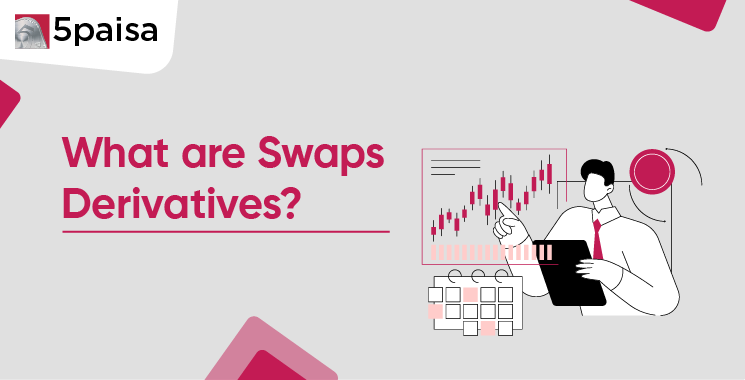Content
- Introduction
- What Are Swaps Derivatives?
- How do Swap Derivatives Work?
- What Are The Most Common Types of Swaps?
- What is the Difference Between Futures/ Options and Swaps Derivatives?
- Benefits of Swaps Derivatives
- Risks Involved in Swap Derivatives
- While Swaps Are For The Experts, Futures and Options Are For Anyone
Introduction
The derivatives market is filled with opportunities. You can invest in the derivatives market to make sizable gains regardless of your investment pattern and capital. However, unlike equity cash, derivatives trading is highly technical and proper knowledge is crucial to make significant profits. This article explains swaps derivatives and the types of swaps you can invest in through an Indian derivatives exchange.
More Articles to Explore
- Difference between NSDL and CDSL
- Lowest brokerage charges in India for online trading
- How to find your demat account number using PAN card
- What are bonus shares and how do they work?
- How to transfer shares from one demat account to another?
- What is BO ID?
- Open demat account without a PAN card - a complete guide
- What are DP charges?
- What is DP ID in a demat account
- How to transfer money from demat account to bank account
Disclaimer: Investment in securities market are subject to market risks, read all the related documents carefully before investing. For detailed disclaimer please Click here.
Frequently Asked Questions
The strike price in a swaption is the fixed interest rate at which the buyer can enter into the interest rate swap. It’s agreed upon when the swaption contract is created, similar to strike prices in options.
In interest rate swaps, the strike price represents the fixed rate one party agrees to pay or receive. It acts as a reference to determine whether the swap will be beneficial, especially in case of swaptions or forward contracts.
The strike price in a swaption is decided when the contract is created. It’s usually based on current market interest rates, expectations of future rates, and the terms agreed between the buyer and seller of the swaption.
No, the strike price doesn’t always match the market interest rate. It can be above or below the market rate, depending on how the swaption is structured and what the buyer expects future rates to be.




